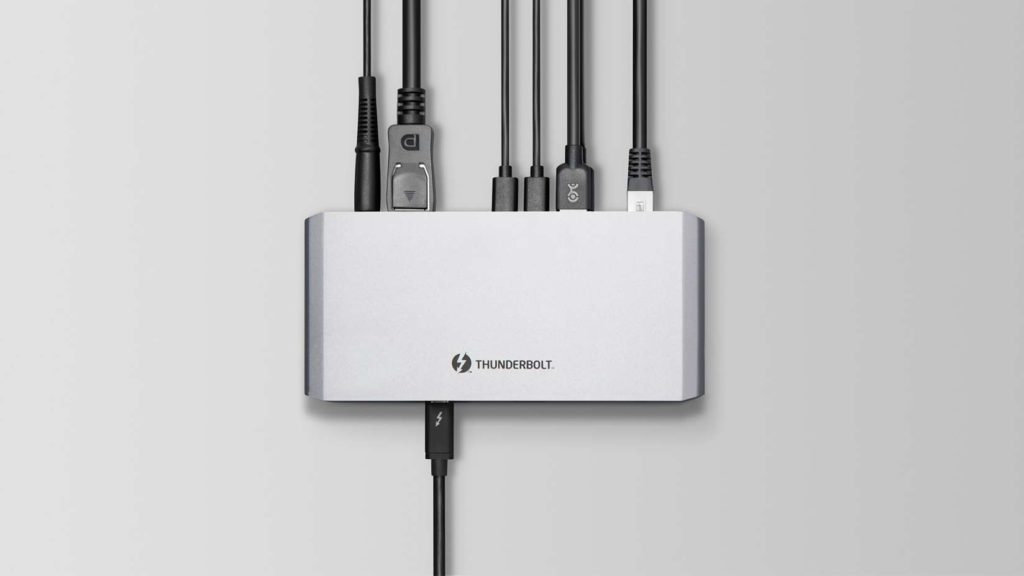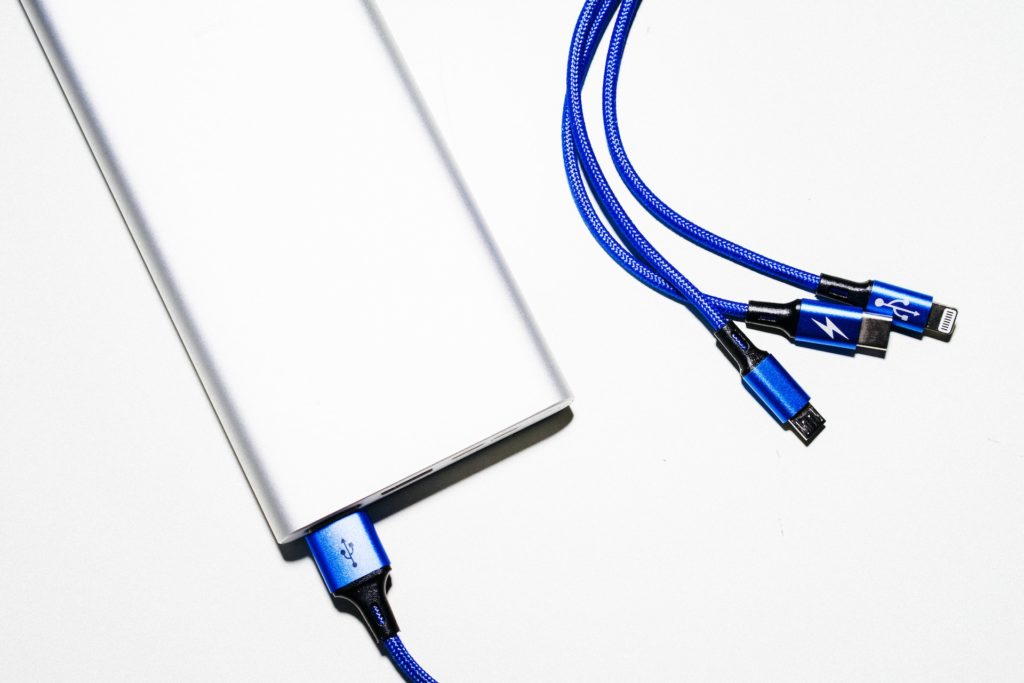You may not realize it, but you’ve likely crossed paths with USB 4 and Thunderbolt 4, two digital highways that power our modern tech-driven lives. Picture this: You’re at your desk, connecting your laptop to a monitor, charging your smartphone, or transferring files between devices. What you’re using are not just cables and ports; they’re the gateways to the digital world, and one of these might be the USB 4 or Thunderbolt 4.
These two technologies make your digital interactions smoother and more efficient. But what sets them apart, and how do they influence the way you work, play, and connect in our tech-savvy era? Let’s take a closer look at USB 4 and Thunderbolt 4, demystifying the intricacies and helping you understand which road is the right one for your tech journey.
What Are USB 4 and Thunderbolt 4?
Imagine USB and Thunderbolt as two different highways for data and power to flow through your devices. USB 4 and Thunderbolt 4 are two types of roads with some key differences.
USB 4 is like a wide, open highway that almost every device can use. It’s a standard that allows your gadgets to talk to each other and share information. Think of it as the main street in your neighborhood, accessible to everyone.
Thunderbolt 4, on the other hand, is like a special express lane on the highway. It’s super fast and can handle a lot of traffic. But there’s a catch – you need a special pass to use it, and not all devices have that pass. This express lane is built for high-end stuff like gaming, professional video editing, and super-fast data transfers.
USB 4 vs Thunderbolt 4: Speed and Power
One of the big differences between these two roads is how fast they can go and how much power they can deliver.
Thunderbolt 4 is the speed demon. It can move data at 40 Gbps (that’s like driving a Ferrari on the highway). It can also deliver a whopping 100 watts of power, which means it can charge your laptop or power-hungry gadgets quickly.
USB 4, while not as fast, is still pretty speedy at 20 Gbps (more like driving a solid sedan). It can deliver power too, but usually not as much as Thunderbolt 4.
Related Articles:
- Thunderbolt 3 vs Thunderbolt 4: Here Are The Key Differences
- How to tell if your laptop supports Thunderbolt 3 or USB4
- USB 4 vs Thunderbolt 3: What’s the difference
- USB 3.0, 3.1, 3.2, 4.0 and Thunderbolt specs and feature comparison
USB 4 vs Thunderbolt 4: Compatibility
Now, let’s talk about how these roads work with your devices.
Thunderbolt 4 is like a fancy road that some devices are built to use. If your laptop or monitor has a Thunderbolt 4 port, you can connect high-end accessories like external graphics cards or super high-resolution displays.

USB 4, on the other hand, is like the regular road that almost all devices can use. You’ll find USB 4 ports on many laptops, smartphones, and other gadgets. It’s great for everyday tasks and most peripherals like printers, keyboards, and mice.
USB 4 vs Thunderbolt 4: Cables and Cost
Thunderbolt 4 cables are like the premium option. They are faster and can handle more power, but they can also be more expensive.
USB 4 cables are a budget-friendly choice. They’re widely available and more affordable, making them suitable for most devices.
| Aspect | USB 4 | Thunderbolt 4 |
|---|---|---|
| Maximum Data Transfer | 20 Gbps | 40 Gbps |
| Power Delivery | Up to 100W | Up to 100W |
| Peripheral Support | Common peripherals | High-end peripherals |
| Licensing | Open standard | Intel licensing required |
| Cable Availability | Widely available and affordable | Premium, potentially more expensive |
| Compatibility | Common across devices | Common but more specialized |
| Backward Compatibility | USB-C and USB 3.2 devices | Thunderbolt 3 and USB-C devices |
In a nutshell, Thunderbolt 4 is like a high-speed express lane for your high-end gadgets, while USB 4 is the everyday road for most of your devices. Your choice depends on what you need to do and what your devices support. So, next time you’re shopping for tech gear, keep these differences in mind, and you’ll be better equipped to make the right choice for your needs. Happy tech travels!












